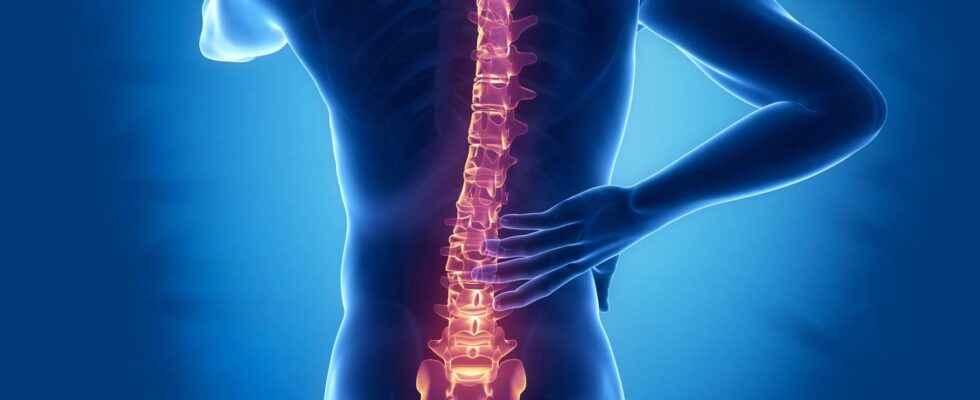Developing treatments for scoliosis remains one of the major challenges of medicine. A challenge all the more delicate as the causes of scoliosis can be multiple. Considerable progress has been made in the screeningradiological evaluation and orthopedic treatment.
Scoliosis affects, more or less severely, 1 to 3% of children aged 10 to 16 and also affects adults. This deformation of the spine is not necessarily associated with a back pain (unlike the herniated disc or the sciatica), hence the difficulty of detecting it.
Several types of scoliosis
There are different types of scoliosis such as lumbar scoliosis or the thoracolumbar scoliosis. Scoliosis is different from kyphosis (the kyphosis being another type of deformation of the spine). Scoliosis is most often called idiopathic, that is to say that its cause is not defined. Early treatment allows for fast charge and less damage on theorganization.
More precisely, scoliosis is defined by the projection in the plane frontal of a three-dimensional deformation that modern radiological techniques make it possible to better measure. The origin of so-called “idiopathic” scoliosis is better and better known and unfortunately more and more complex, making it very difficult to prognosis scalable.
Back examination, diagnosis and treatment
The clinical examination and radiological can only be performed in specialized centers. On the other hand, screening in children must be carried out by all using the Adams test.
Scoliosis is a polydeficiency with orthopedic, but also psychological repercussions. Specific physiotherapy techniques have also proven their effectiveness. The sport can be continued, it will be adapted according to the scoliosis and the protocol conservative. The action of the corsets was based on a three-point system.
More recently, the new Lyonnais corset uses a global detorsion system. Scoliosis will have consequences on family, sports, school, social and professional life. Scoliosis affects 10% of the population at age 65 with particular characteristics such as rotatory dislocation.
Surgical treatment poses the problem of limitation of mobility and repeated interventions due to the modulus of elasticity of the metal different from that of thebone. Due to its frequency, its evolution throughout life and its consequences in daily life, many means have been and are being implemented with the hope of continuing to progress at all stages of scoliosis.
In this file, discover everything about scoliosis in children and adults. From causes to treatments – up toscoliosis surgery – through screening.
